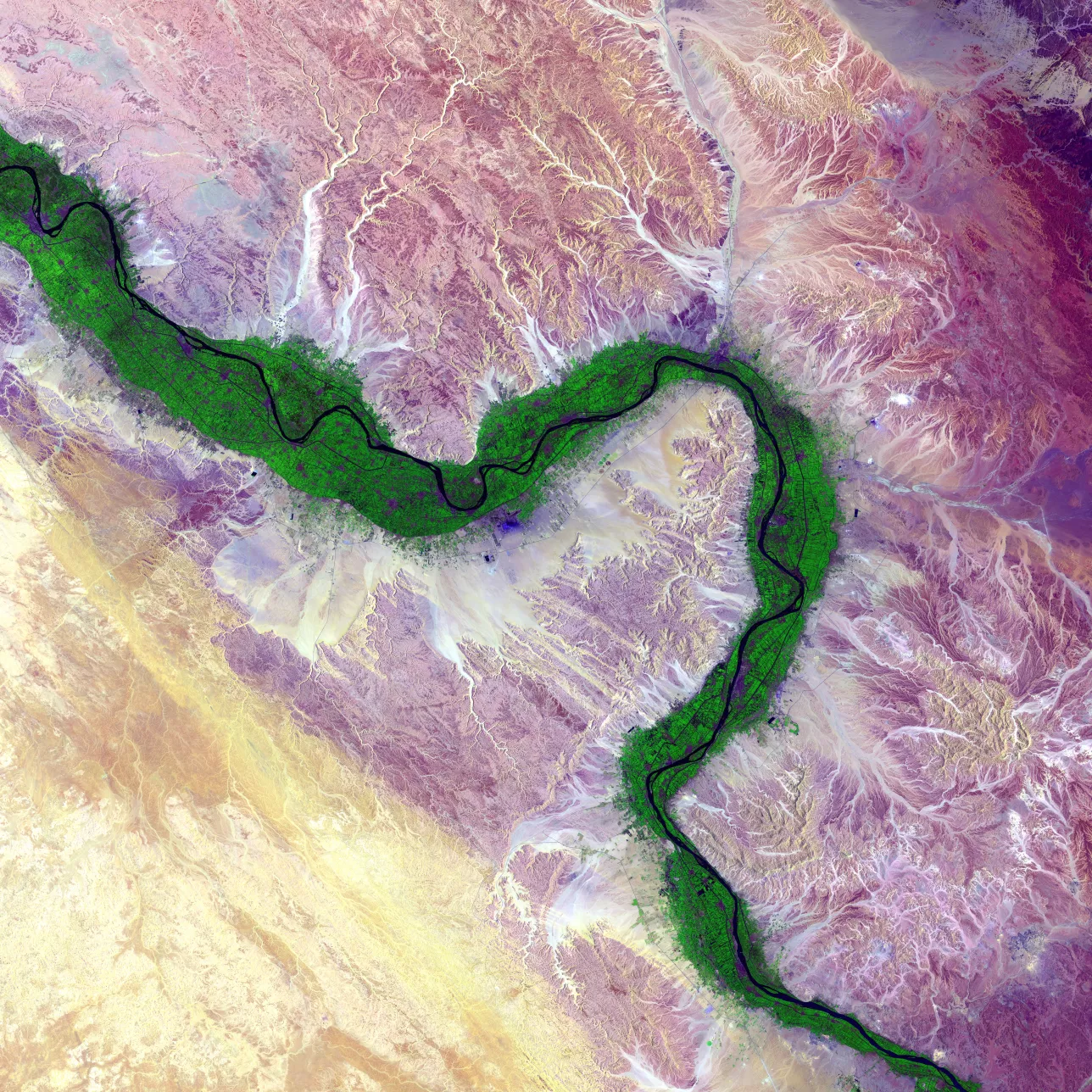Hydrosolidarity 2.0
Theme 2.0 2021
Water is becoming increasingly scarce at a global and regional scale. Hydrosolidarity principles has been suggested as a way to better include considerations of ethics and equity in water management.
Research questions include if hydrosolidarity has potential to influence cross-border approaches in environmental research and water policy. As well the concept may help in transitions from conflict management to cooperative efforts between upstream and downstream water stakeholders. Another important research question is if hydrosolidarity can help framing negotiations between riparian states and influence treaty-making and institution-building. In this sense, hydrosolidarity perspectives can be important on a national and international scale. They seek to apply equitable distribution of water by minimizing negative impacts on humans and the environment through unified, cooperative management of the resource. Thus, hydrolosidarity concepts can help in framing a more efficient use of water between users, better environment, and better future use ofwater. This is especially important in view of the ongoing climate change and increasing water needs in view of population increase during coming decades. Water, however, is a fugitive resource that moves through the hydrologic cycle independently of political boundaries and corresponding conflicts that may occur between diverging political units.
A working hypothesis in this Theme is that future sustainable use of water resources requires solidarity and mechanisms for peaceful conflict resolution. Water management or water governance is a way to handle a situation where growing populations in many regions and cities are approaching increasingly severe water scarcity.
Main objectives
One long-term objective of the project is to continue to stimulate researchers, students, and public in the subject and to take greater part in addressing the SDG problematic. Another long-term objective is to maintain the national and international research network that was developed during the original Hydrosolidarity theme.

What is Hydrosolidarity 2.0?
Hydrosolidarity 2.0 is an independent follow-up to the previous Theme Hydrosolidarity that worked at the Institute in 2018-2019. Read more about the original Theme in the LU research portal.

